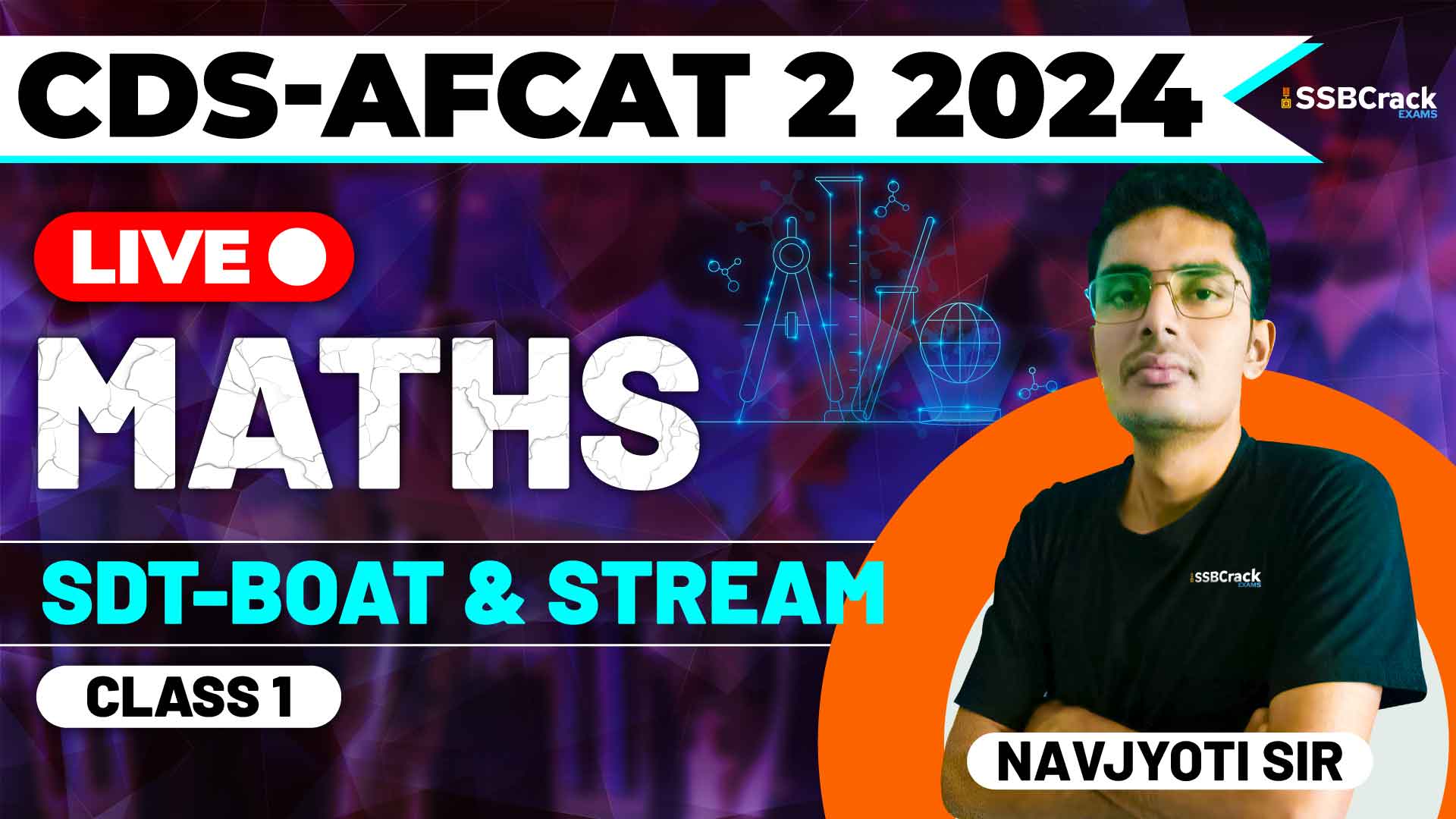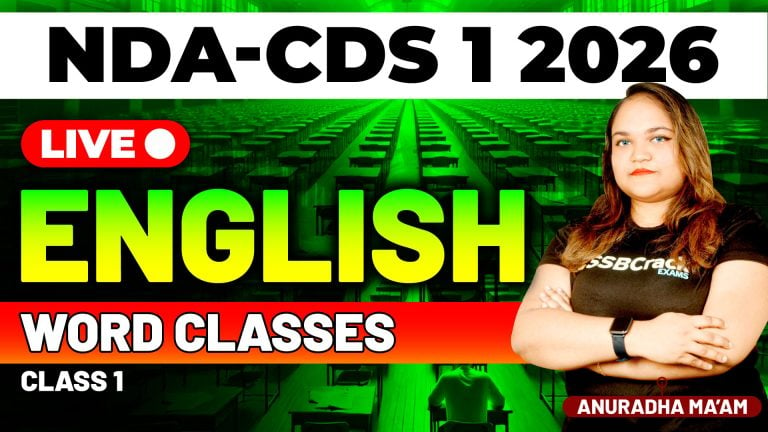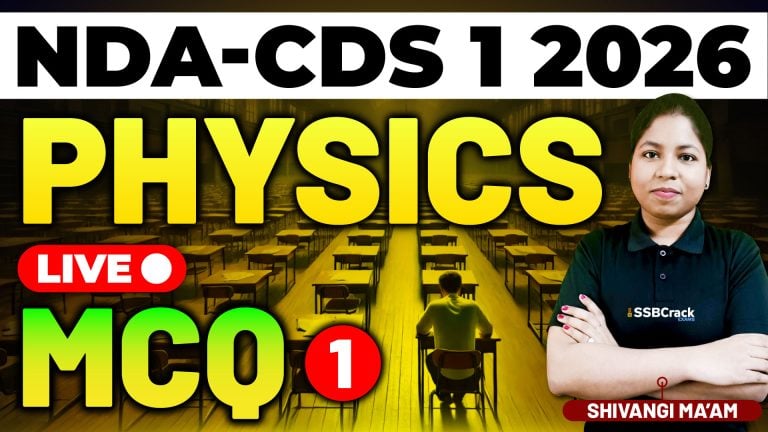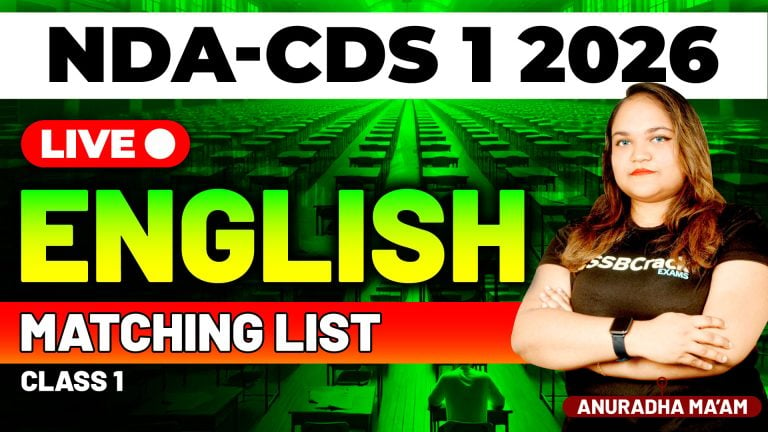Preparing for competitive exams like the Combined Defence Services (CDS) and Air Force Common Admission Test (AFCAT) requires a strong grasp of various mathematical concepts. One critical area in the mathematics section of these exams is Speed, Distance, and Time. This blog will provide a detailed overview of this topic, covering essential formulas, unit conversions, relative speed, and the time required to pass stationary or moving objects. We will also discuss practical applications through multiple-choice questions (MCQs).
Understanding Speed, Distance, and Time
Speed, distance, and time are interrelated concepts that are crucial in solving various problems related to motion. Here’s a breakdown of the core components:
- Speed: Speed is the rate at which an object covers distance. It is usually expressed in units like meters per second (m/s) or kilometers per hour (km/h).
- Distance: Distance is the total path covered by a moving object. It is generally measured in meters (m) or kilometers (km).
- Time: Time is the duration for which an object has been in motion. It is commonly measured in seconds (s) or hours (h).
Essential Formulas
To solve problems involving speed, distance, and time efficiently, you need to be familiar with a few key formulas:
- Speed = Distance / Time
- Distance = Speed * Time
- Time = Distance / Speed
Unit Conversion
In many problems, you will need to convert units to ensure consistency. Here are some common conversions:
- Kilometers per hour to meters per second: Multiply by 5/18.
- Meters per second to kilometers per hour: Multiply by 18/5.
- Minutes to hours: Divide by 60.
- Hours to seconds: Multiply by 3600.
Relative Speed
Relative speed comes into play when two objects are moving simultaneously. The relative speed depends on the direction of their motion:
- Same Direction: Relative speed = Difference in their speeds.
- Opposite Directions: Relative speed = Sum of their speeds.
Time to Pass a Stationary or Moving Object
The time required to pass a stationary or moving object depends on the relative speed and the lengths of the objects involved:
- Stationary Object: Time = Length of moving object / Speed of moving object.
- Moving Object in the Same Direction: Time = (Sum of lengths) / Relative speed.
- Moving Object in Opposite Direction: Time = (Sum of lengths) / Relative speed.
Strategies for Solving Speed, Distance, and Time Problems
- Understand the Problem: Carefully read the question to identify whether it involves calculating speed, distance, or time.
- Identify the Units: Ensure all measurements are in consistent units. Convert units if necessary.
- Apply the Formulas: Use the relevant formulas to find the required solution.
- Check the Options: In MCQs, checking the provided options can help narrow down the correct answer quickly.
- Practice Regularly: Regular practice of different types of problems will help in understanding patterns and frequently asked questions.
Tips for Effective Preparation
- Consistent Practice: Solve as many MCQs as possible from various sources to familiarize yourself with different types of questions.
- Mock Tests: Take timed mock tests to simulate the actual exam environment and improve speed and accuracy.
- Analyze Mistakes: Review and analyze mistakes made during practice or mock tests to understand where you went wrong.
- Engage in Study Groups: Discussing problems with peers can provide new perspectives and problem-solving techniques.
- Use Reputable Resources: Use reliable study materials and online resources that offer a wide range of practice questions and detailed solutions.
Conclusion
Mastering Speed, Distance, and Time concepts is crucial for success in the CDS and AFCAT exams. By understanding the fundamentals, practicing regularly, and using strategic approaches to problem-solving, you can enhance your proficiency in this area. Each practice session brings you closer to achieving your goal. Stay focused, practice diligently, and approach each problem with a clear, analytical mind. Good luck!
By following these guidelines and regularly engaging with the material, you’ll be well-prepared to tackle any Speed, Distance, and Time questions that come your way in the CDS and AFCAT exams.


















